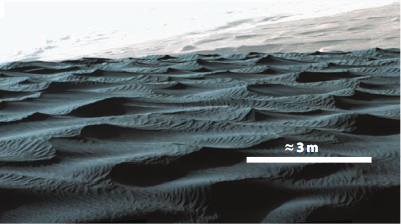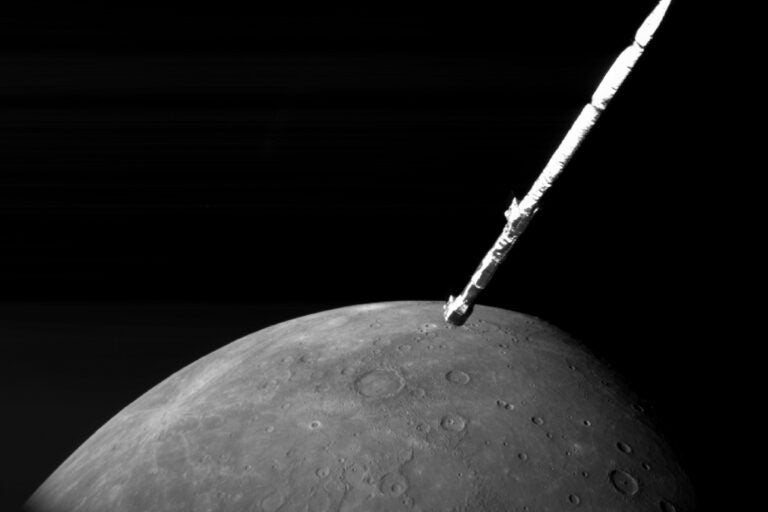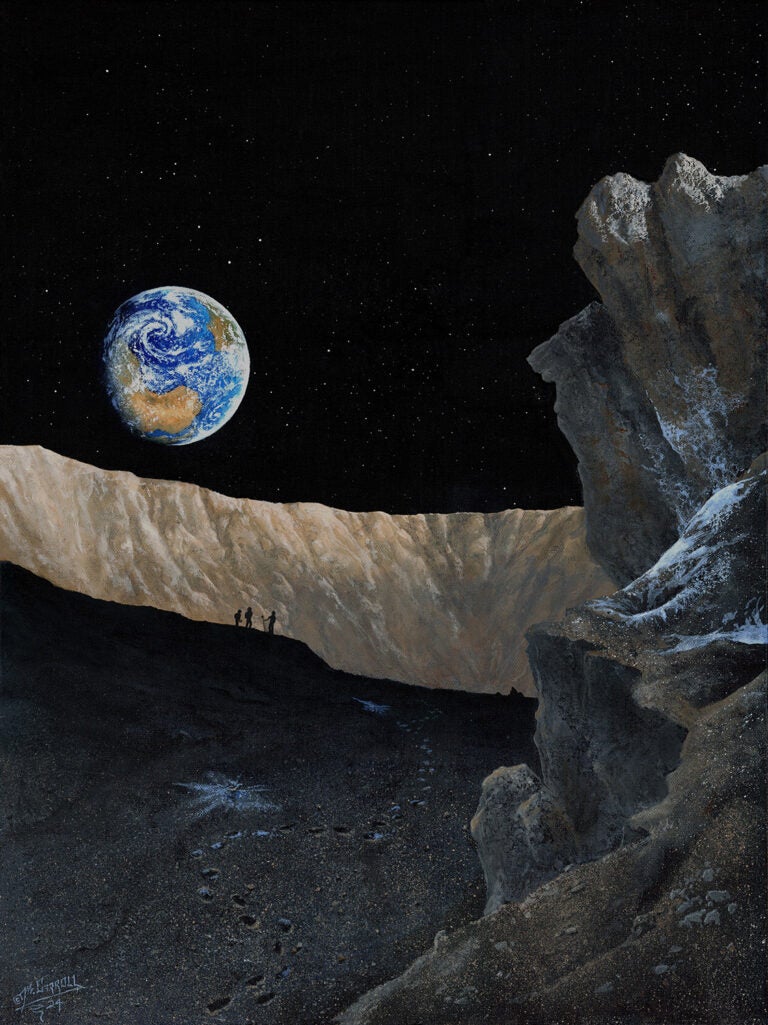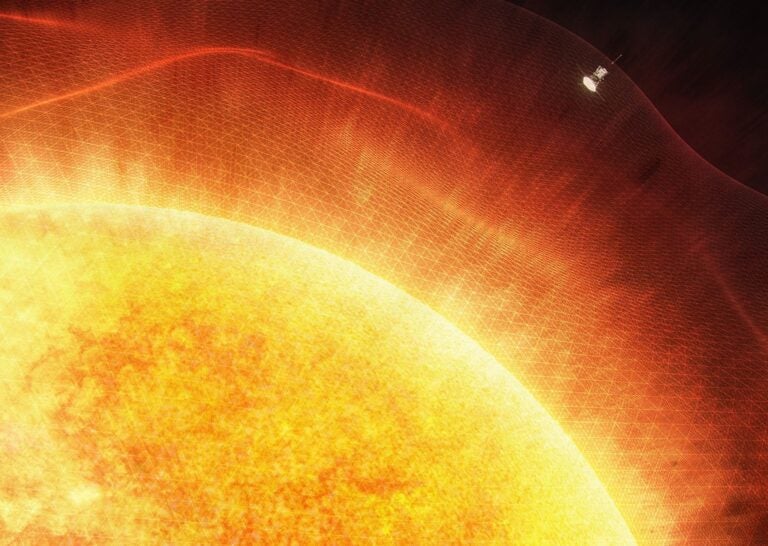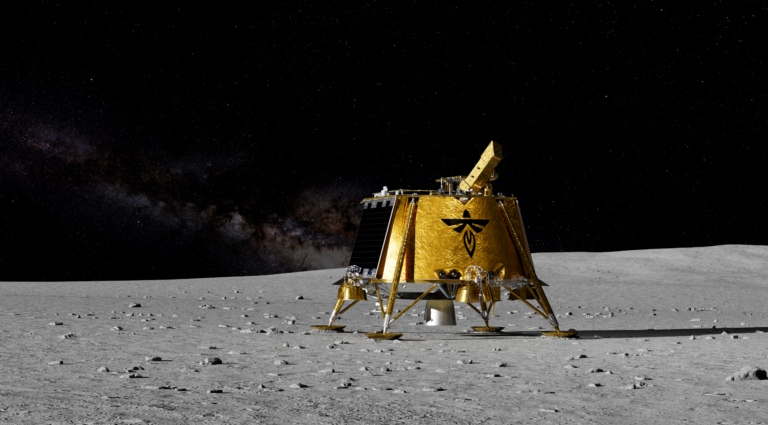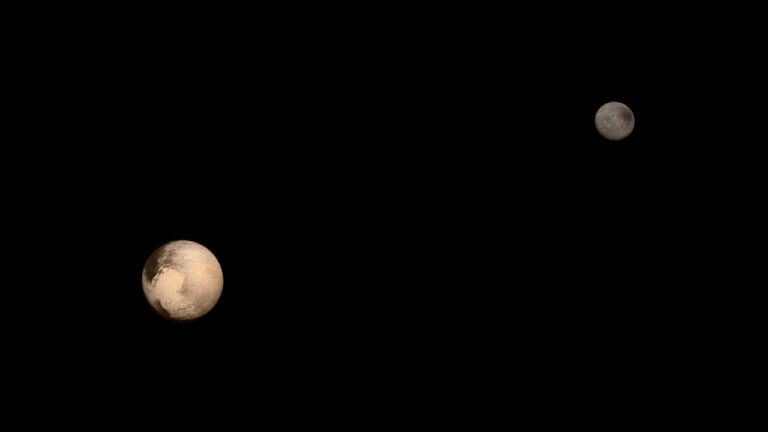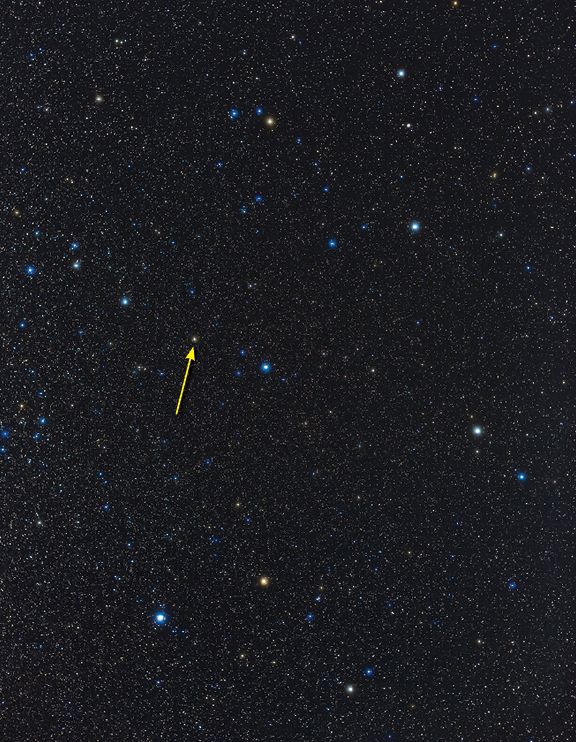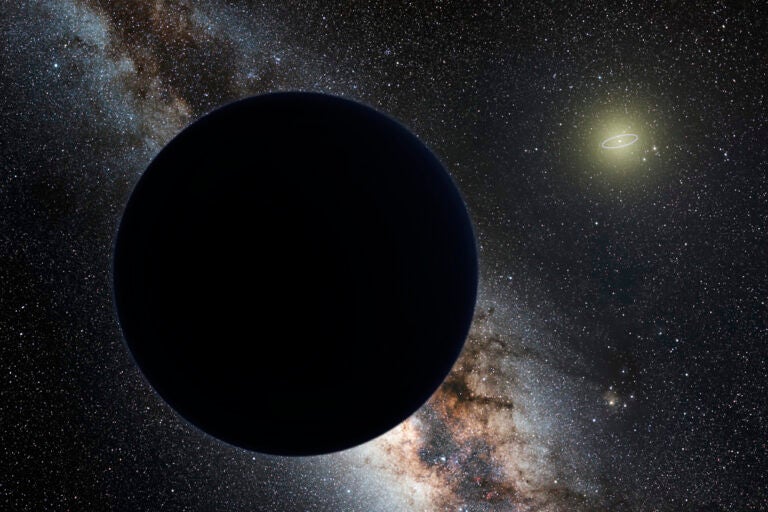Mars, which is known to be a dusty and sandy world, has a newly discovered type of wind-blown sand ripple never before seen in the solar system.
Utilizing NASA’s Mars Reconnaissance Orbiter and Mars Science Laboratory Curiosity rover, Mathieu Lapotre, a PhD Candidate in Planetary Geology at California Institute of Technology, and his team discovered the new sand using data from the Mast Camera and Mars Hand Lens Imager (MAHLI) on Curiosity and the High Resolution Imaging Experiment (HiRISE) on the orbiter. Two types of wind ripples occur naturally on Earth’s deserts; small ripples and large dunes says Lapotre.
“Modern Mars has one additional bedform type: decimeter-scale ripples, meter-scale ripples, and large dunes,” says Lapotre. “It is the intermediate size bedform that appears to be foreign to terrestrial landscapes.”
These Martian ripples look very similar to current-driven ripples found underwater in Earth’s oceans, yet they were created by wind. Even though these wind-blown ripples have not yet been found on Earth, Ralph Alger Bagnold, a pioneer in desert studies, says that it could be possible.
“[Bagnold] showed in a single experiment in the early 1940s that they may form under particular conditions,” says Lapotre. “Their similarity to current-ripples lead us to investigate a formation mechanism that is analogous to that responsible for the formation of current-ripples, involving the viscous effects of the low-density Martian atmosphere.”
As the density of the Martian atmosphere predicts the size and spacing of the wind-blown ripples, the team’s findings may infer past atmospheric conditions on Mars. In 2007, NASA’s Opportunity rover found sandstone at the Burns Formation, a geologic formation on Burns Cliff, that possessed these wind-drag ripples.
“Based on the size of the preserved ripples, we find that the Martian atmosphere had a modern-like density at the time of deposition of this sandstone, which is consistent with other lines of evidence that Mars may have lost most of its atmosphere early in its history,” says Lapotre.
The next step for Lapotre and his team is to find more examples of sandstone possessing these preserved wind-made ripples.
“A more complete and continuous record of wind-blown sandstones covering the duration of Mars’ atmospheric decline would enable planetary geologists to better understand what made Mars the barren planet we know today,” says Lapotre.

